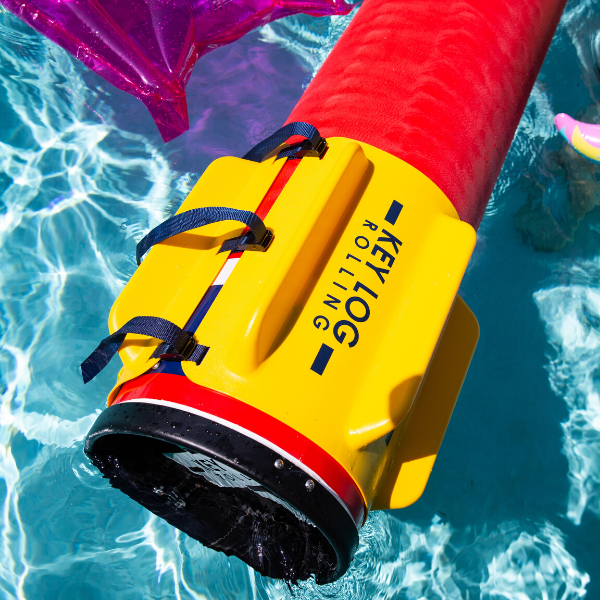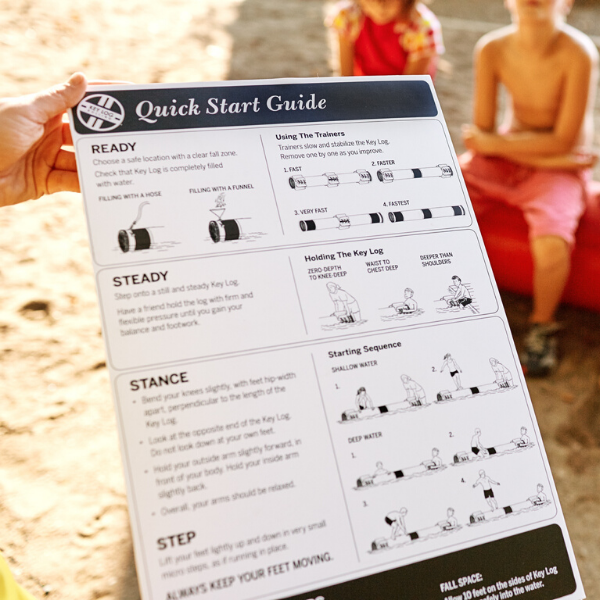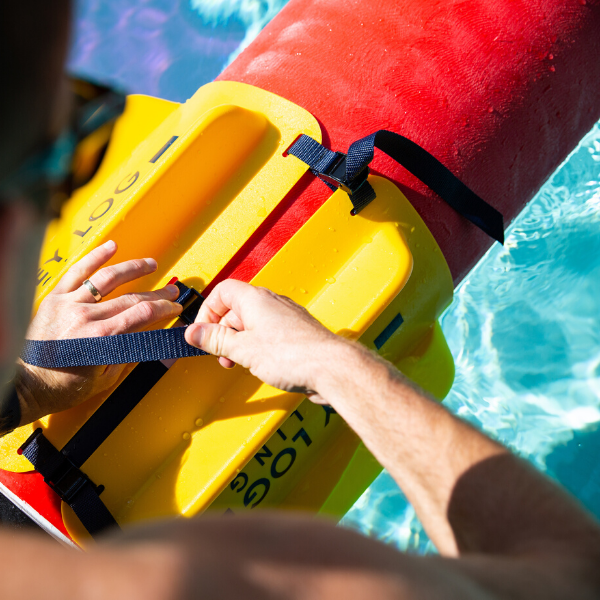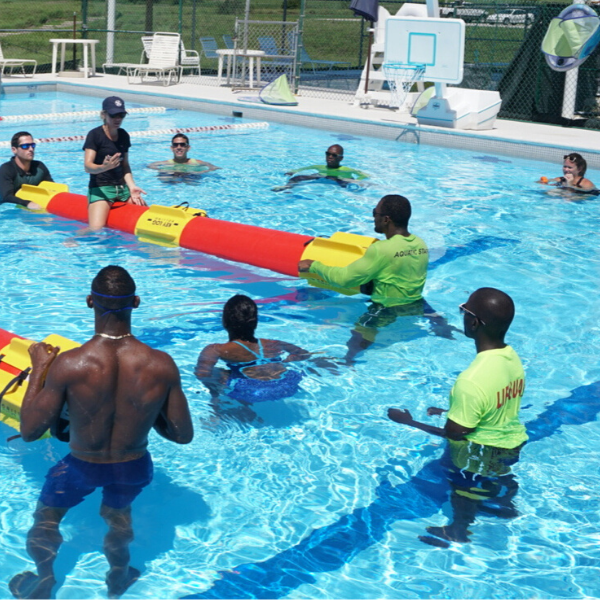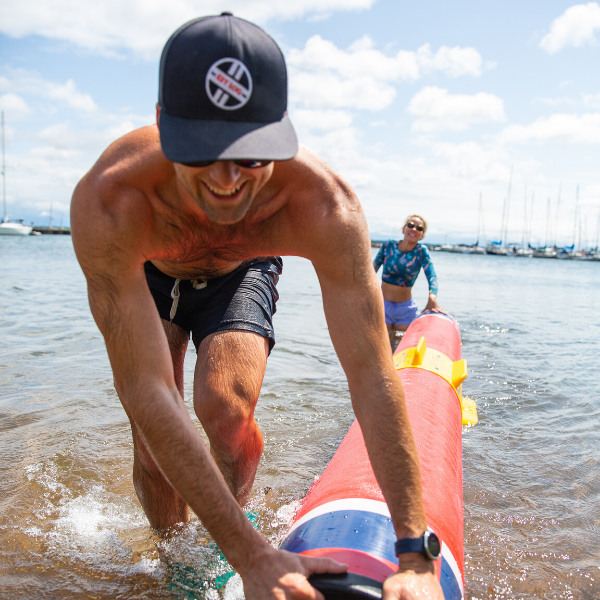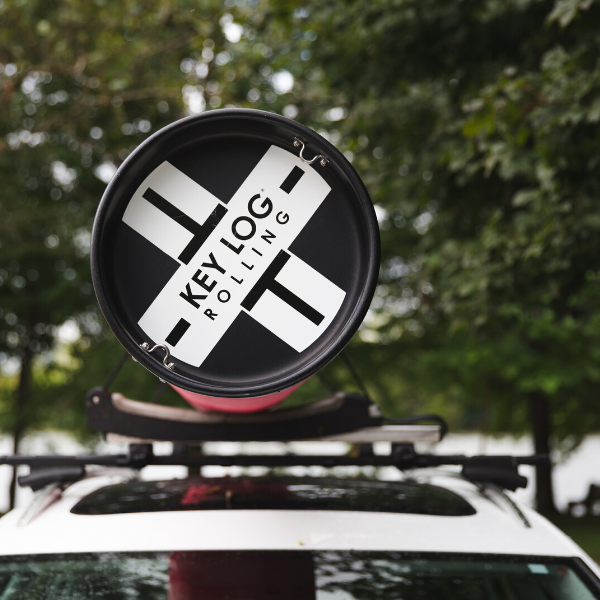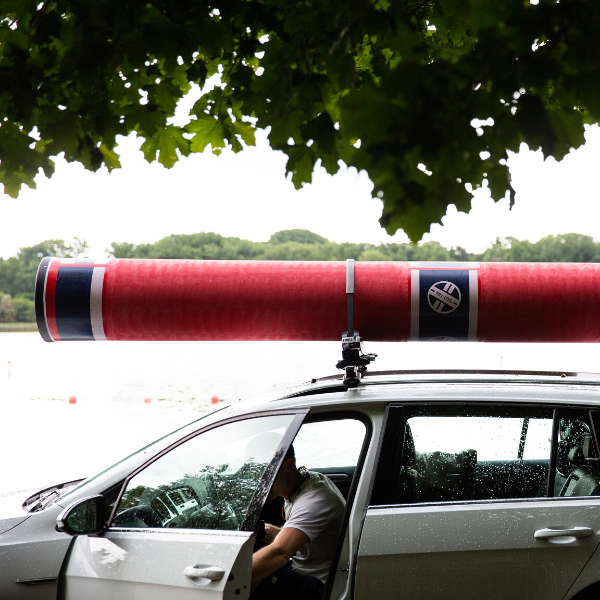History of Log Rolling
Log rolling, as a sport, began in the late 1800’s during the great logging era. America was growing and lumber was needed to build the cities. Timber grew in remote areas with few roads but the immense river system in America provided a natural transportation system to “drive” logs to sawmill towns.
Thousands of logs floating down rivers frequently jammed, so men were hired to prevent the jams. They would work the river, stepping on the floating logs as they worked from bank to bank. As soon the men stepped onto the logs, the logs would spin, dumping them into the water. (It’s as easy as falling off a log!) In order to stay dry (and alive), the river men had to learn to roll the logs. Naturally, loggers would challenge one another to see who could stay on the longest. In the summertime, competing lumber companies would sponsor log rolling contests, each sending their best rollers. The first unofficial log rolling world championship took place in 1898 in Omaha, Nebraska. Tom Fleming of Eau Claire, WI was the champion.
When the river drives ended at the turn of the century, log rolling was kept alive by men who passed their skills on to their sons and their daughters. Log rolling was as popular for its entertainment value then, as it is now. Troupes of log rollers crossed the country, exhibiting the “favorite sport of the American Lumberjack”.
Historically, logs for competition were made of pine or fir. As the sport progressed, competitors looked for faster, more buoyant wood. Western red cedar proved to spin fast and float high with two adults standing on a log. All logs were lathe-turned, to specific diameter and length specifications.
Until 1981, people rolled exclusively on wood logs with spiked shoes for traction. Spikes give excellent grip but destroy the log like a chain saw. Without spikes, however, the lathe-turned logs were too slippery. The necessity of spiked shoes has hindered the growth of the sport on three fronts: 1) few people could find a continuous supply of lathe-turned cedar to 'chew up", let alone afford them, 2) spiked logs were not allowed in pools so youth programs were restricted to lakes and ponds, and 3) parents didn’t want their children wearing spiked footwear.
In 1981, Judy Scheer-Hoeschler, a seven-time world champion and co-founder of Key Log Rolling, was promoting a teaching program at the La Crosse YMCA and came up with a simple but novel idea—to carpet the logs to create a grippy surface and to eliminate the wood chip problem. Through trial and error, she selected Olefin fiber carpets for their toughness and water wicking capabilities. While there were some traditionalists who were opposed to the idea, it became evident very quickly that the carpet would revolutionize the sport by giving more people access. And rather than a sharp, difficult to source $100 spiked shoe, kids and adults could now use a canvas, rubber-soled shoe. This innovation dramatically changed the sport. Log rolling classes, training sessions, and competitions could take place in any body of water, anywhere in the world.
In 2005, the Hoeschler's realized that the sport they loved would never become a popular sport due to the difficulty in sourcing and transporting the heavy wood logs. They pledged to change that by creating a portable, synthetic product. Their daughter, Abby Hoeschler, came on board and together they formed Key Log Rolling. Abby worked with engineers, designers, marketers and manufacturers. The Key Log® was successfully launched in 2012, and has seen exponential growth via summer camps, colleges, and community park and recreation.

